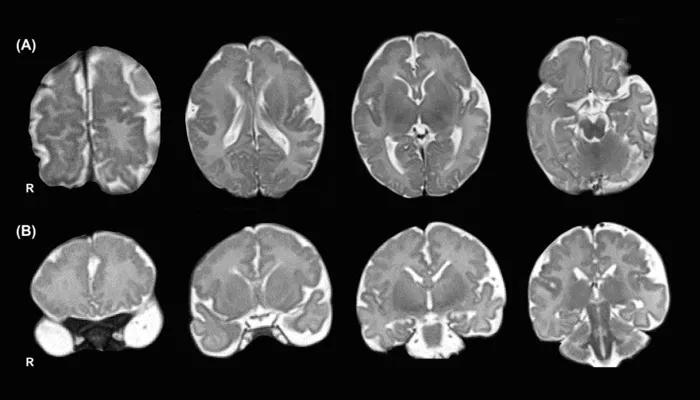Cilostazol is a medication primarily used to treat intermittent claudication in patients with peripheral artery disease.
However, its use is contraindicated in individuals with heart failure. Understanding the reasons behind this contraindication is crucial for healthcare providers and patients alike. This article delves into the specific reasons cilostazol is not recommended for heart failure patients, emphasizing the pharmacological and physiological mechanisms involved.
Pharmacological Profile of Cilostazol
Cilostazol functions as a phosphodiesterase type 3 (PDE3) inhibitor. By inhibiting PDE3, cilostazol increases levels of cyclic adenosine monophosphate (cAMP) in platelets and blood vessels, leading to vasodilation and anti-platelet effects. While these effects can benefit patients with peripheral vascular disease, they can pose risks for those with heart failure.
Heart Failure Overview
Heart failure (HF) is a complex clinical syndrome characterized by the heart’s inability to pump sufficient blood to meet the body’s needs. It can result from various underlying conditions, including coronary artery disease, hypertension, and cardiomyopathy. Symptoms often include shortness of breath, fatigue, and fluid retention. Managing heart failure typically involves a combination of lifestyle changes and medications to improve heart function and quality of life.
Why Is Cilostazol Contraindicated in Heart Failure
Increased Risk of Cardiac Events
Cilostazol may exacerbate underlying cardiac conditions. Patients with heart failure often have compromised cardiac output. The vasodilatory effects of cilostazol can lead to hypotension, further straining the already weakened heart. This is particularly concerning for patients with reduced ejection fraction, where maintaining adequate perfusion is critical.
see also: Why Ace Inhibitors for Heart Failure?
Negative Inotropic Effects
Cilostazol has been shown to have negative inotropic effects, meaning it can weaken the force of the heart’s contractions. In heart failure patients, who already struggle with contractility, this effect can worsen symptoms and lead to decompensation.
Maintaining optimal cardiac contractility is vital for these patients.
Fluid Retention
Cilostazol can promote fluid retention, an already prevalent issue in heart failure. In heart failure patients, excess fluid can lead to edema and pulmonary congestion, exacerbating symptoms like shortness of breath and fatigue. This creates a vicious cycle that can result in hospitalizations and increased morbidity.
Drug Interactions
Patients with heart failure often take multiple medications, including diuretics, ACE inhibitors, and beta-blockers.
Cilostazol has the potential to interact adversely with these medications, leading to diminished therapeutic effects or increased side effects. For instance, the diuretic effect can be compromised by cilostazol’s propensity to cause fluid retention.
Worsening Renal Function
Heart failure can lead to renal impairment due to decreased perfusion.
Cilostazol has been associated with renal side effects, potentially worsening kidney function in heart failure patients. This is particularly critical since renal function is a vital aspect of managing heart failure.
Limited Efficacy in Heart Failure
The primary indication for cilostazol is to improve symptoms of claudication in peripheral artery disease. There is limited evidence supporting its efficacy in heart failure management. Given the potential risks, the lack of therapeutic benefit raises ethical concerns regarding its use in these patients.
Clinical Implications
For healthcare providers, understanding the contraindications of cilostazol in heart failure patients is essential. Clinicians must perform thorough evaluations and consider alternative treatments that align better with heart failure management. Medications that improve heart function or alleviate symptoms without adverse effects should be prioritized.
Alternative Treatments
Several alternatives are available for managing symptoms associated with heart failure and peripheral artery disease. These include:
Exercise Therapy: Structured exercise programs can improve symptoms of claudication without the risks associated with cilostazol.
Pentoxifylline: This medication may offer benefits in improving blood flow and reducing claudication symptoms without the contraindications seen with cilostazol.
Antiplatelet Agents: Aspirin or clopidogrel may be effective alternatives for patients with cardiovascular risks without the negative effects on heart function.
Conclusion
Cilostazol’s contraindication in heart failure stems from its pharmacological effects, which can adversely impact cardiac function, promote fluid retention, and interact negatively with other heart failure medications. The focus for heart failure patients should be on medications and therapies that support heart function and overall well-being. Healthcare providers must remain vigilant in avoiding cilostazol for these patients, ensuring they receive the most appropriate and effective care for their condition.
Related topics:
- How Does Heart Failure Influence Cardiac Output?
- How Does Fluid Restriction Help Heart Failure
- How Do I Know If My Heart Failure Is Getting Worse

